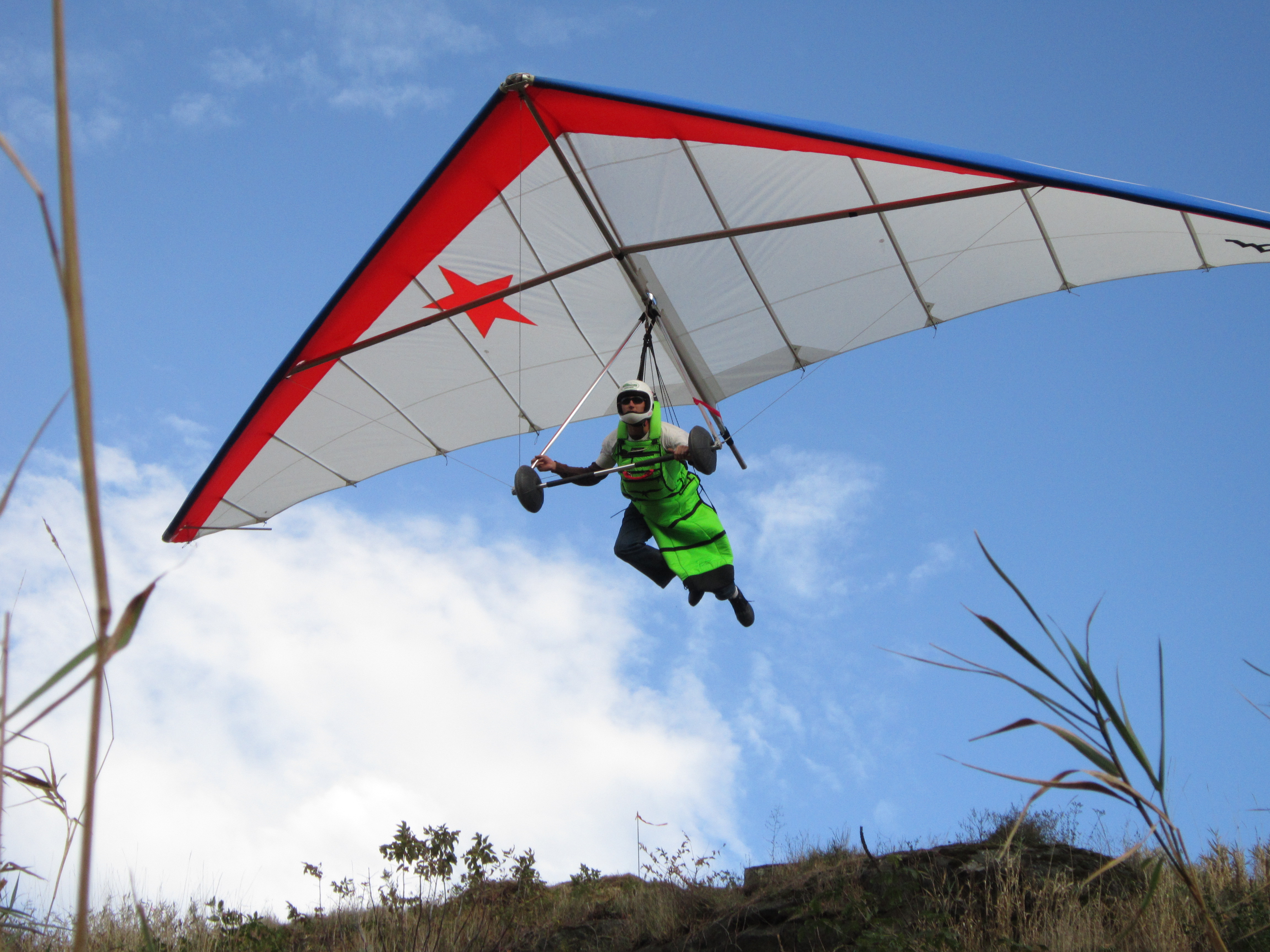
For more information about that, you can check out Mike Stratman's article called 'The Stealth Rotax,' which is reprinted in his company's catalog. Tracy: Not only will that after-muffler silencer configuration work well on tugs powered both by the Rotax four-stroke engines and their two-stroke engines, but a Rotax intake silencer (p/n 825762) can also be added to their two-stoke engines for more noise reduction. As you can see in Photo 2, we made the exhaust exit point up to the sky, which significantly reduces noise propagation to people on the ground. Although designed for their two-stroke engines, we have found it to work very well with both of our four-stoke engines, as well. Lisa: One thing that we did to both engines to help make them quieter was to add an after-muffler silencer, available from Rotax, part number 978650. LiteFlite is now producing the Model C Dragonfly, which has gained certification overseas.

Our 914-powered Dragonfly is a Model A with a reinforced Model B fuselage boom tube, while our 912-powered Dragonfly is a Model B, which came with a reinforced boom tube. We usually use the 912 tug for solo hang glider tows, and the 914 TurboTug for tandem hang glider and sailplane tows (see Photo 1). One of our tugs uses the 80-horsepower Rotax 912 four-stoke engine, and the other uses the Rotax 914 Turbo, both hung on Russell's engine mounts. Russell has made and supplied most, if not all, of the Rotax four-stoke engine mounts for Dragonflys in the U.S. We were very impressed when we flew behind it back then, and we were convinced that it was the best way to go for us. As far as we know, his original 1996 Dragonfly Model A TurboTug was the first Dragonfly to use a Rotax four-stroke engine. Credit must be given to Russell Brown of Quest Air for that development. Tracy: Use of the four-stroke Rotax engine on the Dragonfly was not our idea. Less noise generation was something that we did not expect, but found to be a great benefit of the four-stroke engines. Although their four-stoke engines cost more and weigh more, we felt that having more power and reliability would be safer, especially for tandem instruction tows, and that the greater up-front cost would actually be an investment that would be offset in the long term by faster tow turnaround times, greater fuel economy, and fewer rebuilds over time. However, the Rotax two-stroke engines do not provide the higher power output, fuel economy, long-term reliability, and time-between-overhaul (TBO) qualities that are inherent in the Rotax four-stoke engines. The stock Dragonfly configuration typically uses a 65-horsepower Rotax 582 two-stroke engine, which provides good performance at minimal cost and weight.

Lisa: First, credit must be given to Bobby Bailey and Bill Moyes of LiteFlite in Australia for the design and manufacture of the Dragonfly. Question of the Month: When I came to fly with your club at Cloud 9 Field, I was very impressed with the climb performance of your tugs and how quiet they are.

Both easily clear the jump due to the stopper placed and with Urushihara later achieving his second Kanzenseiha, this obstacle only lasted for one tournament and was replaced by the returning Pipe Slider in the following tournament.In this month's column, we will discuss some configuration and modification aspects of our Dragonfly tugs, in response to a question that we received from a visiting pilot at our field. Only two competitors ever attempt this, being Matachi Ryo and Urushihara Yuuji. Due to the second half of the track being at an angle as opposed to completely parallel to the water, at the end of the track, there was a stopper for the competitors to lock the bar in place (much like Gliding Ring) to help aid the competitors in making the jump. It was similar to Pipe Slider, except that the second half of the track was elevated 15 cm (about 6 inches) higher than the first half of the track, forcing competitors to push bar up to the second half of the track, similar in vein to Salmon Ladder. Bar Glider (バーグライダー) was a Third Stage obstacle introduced as the final obstacle of SASUKE 27, replacing the relocated Flying Bar from the previous tournament.


 0 kommentar(er)
0 kommentar(er)
